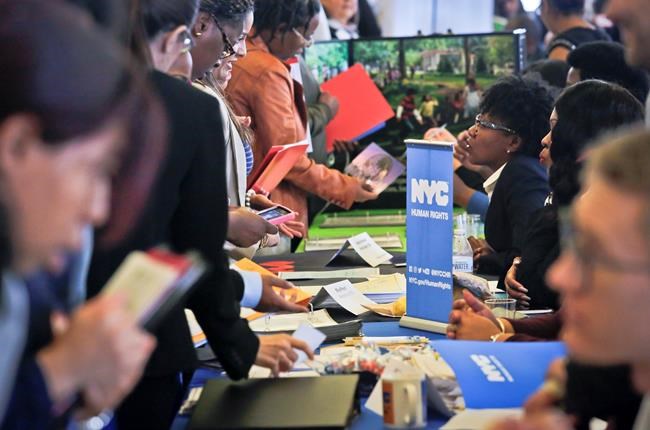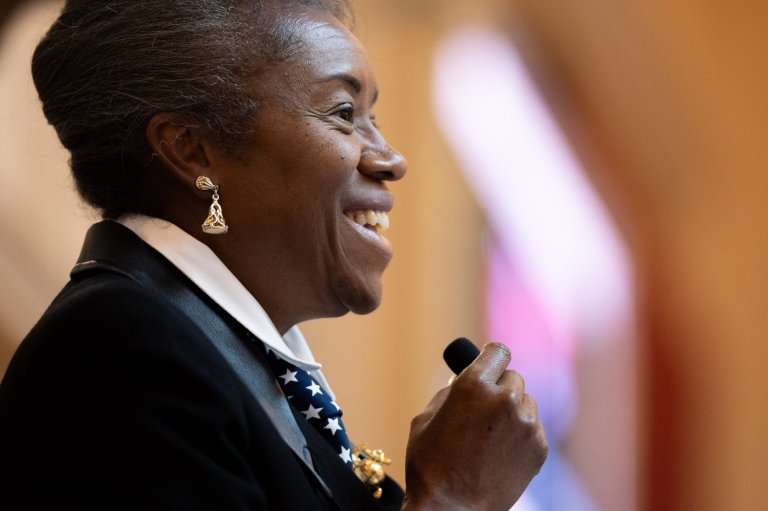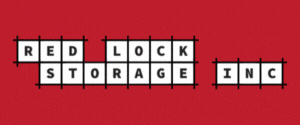Americans go to polls against backdrop of an uneven economy

WASHINGTON – The U.S. economy is lifting job growth and wages but not voters’ spirits.
Americans are choosing a president against a backdrop of slow but steady growth that has managed to restore the economy from the crushing setback of the Great Recession. The government’s October jobs report , released Friday, showed that hiring remains solid, with 161,000 jobs added. The unemployment rate is a low 4.9 per cent.
Yet the recovery, the slowest since World War II, has left many Americans feeling left behind, especially those who lack high skills or education or who live outside major population centres.
“The (typical) U.S. household is in a much better spot than they were eight years ago,” said Mark Zandi, chief economist at Moody’s Analytics. “But it hasn’t been a great decade for anyone either. You’ve still got a big chunk of the population who feels this hasn’t worked for them.”
The economy’s weak spots are a top concern for a majority of voters, who say the U.S. economy is in poor shape, according to an Associated Press-GfK poll. At the same time, they say their own personal finances are good.
Fifty-three per cent of voters say the economy is “poor,” while 46 per cent say “good,” according to the poll, conducted Oct. 20-24. Yet 65 per cent say their own finances are good, versus 34 per cent who rate them poor.
Seventy-three per cent of Hillary Clinton supporters say that the economy is good; just 16 per cent of Donald Trump supporters say so.
And while 60 per cent of whites say the economy is poor, 60 per cent of nonwhites call it good. Yet whites and nonwhites are about equally likely to say their own personal finances are good.
Consider 73-year-old Charles Muller, who lives outside Trenton, New Jersey, and describes his personal finances as fine. He has a pension from 26 years as a state employee and receives Social Security.
But the broader economy seems fairly weak to Muller. A friend was laid off during the recession, then earned a teaching certificate, and yet still can’t find a full-time teaching job. And a friend’s daughter who recently graduated from college is stuck as an assistant manager of a dollar store.
“I know a lot of people who are struggling and have been unable to find jobs commensurate with their education levels,” Muller said. He is supporting Trump, though he sees the major presidential nominees as “the two worst candidates I’ve ever been given a choice of.”
Here’s a snapshot of the U.S. economy of the eve of the elections:
___
SLOWER BUT STILL-SOLID HIRING
The job market has proved itself resilient.
Employers have added an average of 181,000 jobs a month this year. That’s down from last year’s robust 229,000 average. But it’s nearly double the monthly pace needed to lower the unemployment rate over time. The number of people seeking unemployment benefits is near a 40-year low — evidence that layoffs are scarce and most Americans are enjoying strong job security.
Blake Zalcberg, president of OFM, a furniture manufacturer in Raleigh, North Carolina, hopes to add nine employees to his 58-person company, including graphic artists, photographers and sales staff. He expects sales to grow by a third next year.
“It’s a fairly robust furniture market,” he said.
___
PAY FINALLY ACCELERATING
With the unemployment rate down to 4.9 per cent from a peak of 10 per cent in 2009, businesses have been forced to compete harder for new employees. That’s giving workers more bargaining power when they seek new jobs and finally boosting pay. Average hourly wages grew 2.8 per cent in October from a year earlier — the fastest 12-month pace in seven years. Still, historically speaking, that’s not great. Wages typically rise at about 3.5 per cent each year in a healthy economy.
___
CAUTIOUS CONSUMERS
Steady hiring and modest pay increases have emboldened more Americans to buy high-cost items like new cars. Auto sales are running near last year’s record pace of more than 17 million vehicles. Yet caution still reigns: Americans’ spending grew just 2.1 per cent in the July-August quarter, down from a much healthier 4.3 per cent in the previous three months.
___
HOUSING HAS NEARLY RECOVERED
The bursting of the last decade’s housing bubble wiped out trillions in household wealth, cost more than 5 million Americans their homes and triggered the Great Recession. Yet the home market has mostly recovered, with nationwide average purchase prices just 7 per cent below their 2006 peaks. Greater home values have helped many families recoup some of their lost wealth. Sales of existing homes have plateaued this year at a nearly healthy level of about 5.4 million.
Doug Duncan, chief economist at Fannie Mae, foresees sales growth slowing next year. But younger Americans are increasingly likely to buy homes, suggesting that millennials are tiring of living in apartments — or in their parents’ basements— and are starting to move out.
___
BUSINESSES HOLDING BACK
Companies with optimistic outlooks typically spend more on computers, machinery and other equipment to keep up with demand. Instead, in recent months the opposite has happened: Business investment in new equipment has fallen for four straight quarters. Some of that pullback occurred because oil drillers slashed spending on steel pipe and other gear in response to sharply lower oil prices. But many companies are also likely holding off on new spending until after the election, when potential economic policy changes will be clearer.
___
WEAK WORKER PRODUCTIVITY
The U.S. economy has failed to grow much more efficient. Since the recession began in 2007, productivity — or output per hour of work — has grown at less than one-third the annual pace it did from 2000 through 2007. Rising productivity is vital to raising living standards, because it enables companies to raise pay without raising prices.
Economists blame a range of factors for the slowdown: Americans are starting fewer new companies, which tend to be quicker to adopt new technologies. And weaker investment in roads, ports and other infrastructure has slowed shipping and commuting times.
___
MANY STILL LEFT BEHIND
Millions of Americans haven’t benefited from the consistent hiring of the past several years. Middle-income jobs in manufacturing and office work were permanently lost in the recession and have been replaced by lower-paying work in retail and fast food. Many of the unemployed have given up looking for work and are no longer counted as unemployed.
Nicholas Eberstadt, author of a new book, “Men Without Work,” notes that this has been a long-term phenomenon. For every unemployed man ages 25 through 54, three others are neither working nor looking for work. That ratio has doubled since 1990.
___
AP Polling Editor Emily Swanson contributed to this report.
___
Follow Chris Rugaber on Twitter at http://Twitter.com/ChrisRugaber .
Join the Conversation!
Want to share your thoughts, add context, or connect with others in your community?
You must be logged in to post a comment.

















